I just replaced four polycarbonate panels on the south wall of my HFGH 10x12 with screen panels made from Aluminet shade cloth. I wanted to see if I could add ventilation and shade at the same time. (Click on any of the photos below for more detail.)
{{gwi:286734}}
I used do-it-yourself window screen components (HD or Lowes.) You cut the metal frame pieces with a hack saw, and plug plastic corners into the ends. The screen is secured with spline pushed into the groove, using a spline tool.
{{gwi:303359}}
I wanted to use the same glazing clips to secure the screen panels in the greenhouse frame, so I used the thinner 5/16" screen bars (not 7/16".)
I had to build two cross braces into each tall frame. Without the cross braces, the stretchy Aluminet bowed in the long sides of the frame (almost an inch on each side.) The cross braces are attached with (wimpy) metal clips purchased separately.
Aluminet has lines in the weave, and it stretches in the direction thats perpendicular to the lines. In my screens the Aluminet lines ran vertically (the least stretchy way) but I think it would work in the other direction as well. ItÂs possible the cross braces wouldnÂt be as critical if you installed the fabric so the most stretchy direction went lengthwise, instead of installing it like I did. Also, Aluminet has a seam every 7 feet, and one of my panels includes the seam. It worked fine.
I cut the cloth so it was about an inch larger than the size of the frame.
{{gwi:303360}}
I ordered 40% Aluminet because some cacti and succulent nurseries I know use 40%, but now IÂm worried I should have ordered 50%. I also suspect (20-20 hindsight) that stretching the Aluminet somewhat taut opens the fabric and reduces the density furtherÂin other words, the 40% cloth in a relaxed shape would probably create more shade than the 40% installed in my screens. (Something to keep in mind.)
The 40% Aluminet was easy to secure with .140 size spline. IÂm sure higher densities of Aluminet are thicker, but this material is so soft I think theyÂd still work. If it seemed too thick to fit into the groove, you could try smaller spline.
{{gwi:303361}}
I trimmed the excess Aluminet with scissors, leaving about ½" edge on the inside of the screen (I thought it might pull out if I trimmed it close.) This is how it looks inside the greenhouse.
{{gwi:303362}}
I attached the Aluminet panels with the same glazing clips as the poly panels. I lined up the cross braces on the screens with the horizontal braces inside the greenhouse, thinking I might attach the screens with screws, using the holes IÂd already drilled in the greenhouse braces for the poly panels...but the clips worked great by themselves.
{{gwi:303363}}
I numbered the poly panels with a permanent marker before removing them. We didnÂt carefully center each self-piercing screw, so I have to put each panel back in the same place to make sure it lines up with the screw hole in the brace.
I really like the clean appearance and the increased ventilation! I donÂt have to worry about the Aluminet blowing off. Before installing these, the temperature in my new greenhouse was at least 130° with the doors and roof vents open; with these panels in place, itÂs much closer to the outside temperature. Installing the exhaust fan and shade cloth on the roof should help more.
Of course, the downside is, summer rains will easily penetrate the screens. IÂll have to be aware of what I put on that side of the greenhouse. Annually, we have lots of heat and little rain, so I think it will be a worthwhile trade-off. I may add a clear plastic curtain on the inside of the south wall to be pulled into place during summer monsoon rains, if I donÂt want my south bench to be drenched.
HereÂs what happens when you donÂt consider screen placement when doing your electrical. Although we used GFIC outlets and in-use outlet covers, I didnÂt plan on the back of the outlet being exposed to rain. IÂll have to figure out how to weatherproof the back, or live with a baggie over that outlet in the summer.
{{gwi:303364}}
These Aluminet screens are too porous to be insect proof, but I donÂt care. I do need to keep birds out; the Thrashers poke big holes in my succulents.
When the night temps get cool, IÂll replace the screens with the poly panels. I tried leaving the screens in and putting the poly panels on top, but the combined thickness of the two layers wonÂt allow the glazing clips to fit in the channels, so I guess itÂs one or the other.
The cost for each 6 ½ tall screen frame was about $12 (not including the Aluminet cost.) Of course, once you pay for the screen, it would be easy to change the density of the Aluminet or install regular screening.
Anyway, in case others have considered trying this...thatÂs what IÂve learned!
Sheri
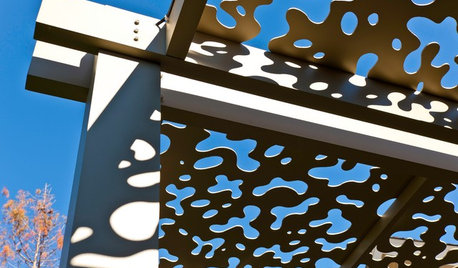
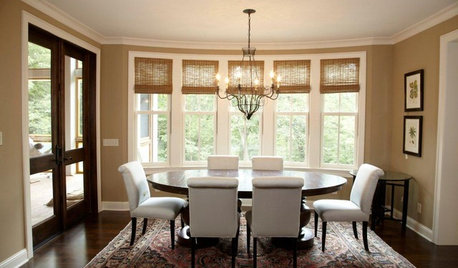
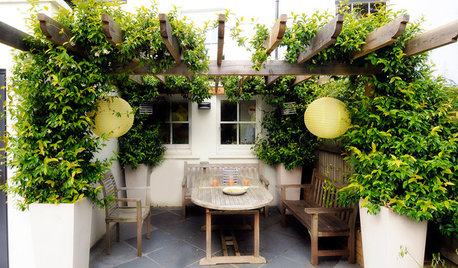
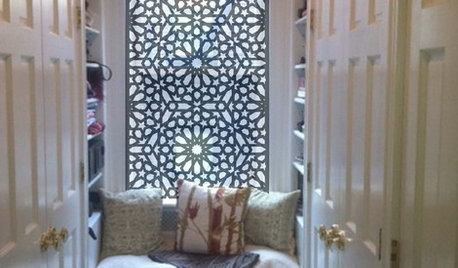
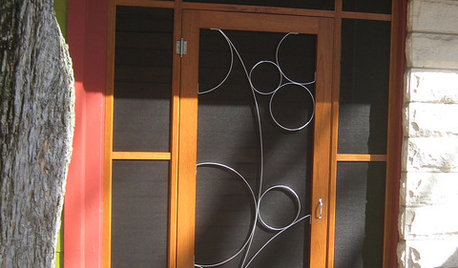
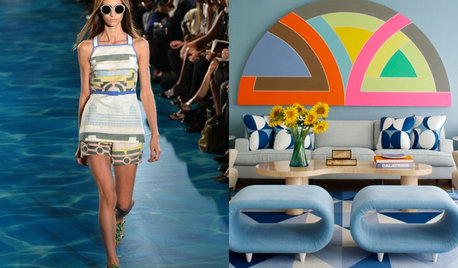
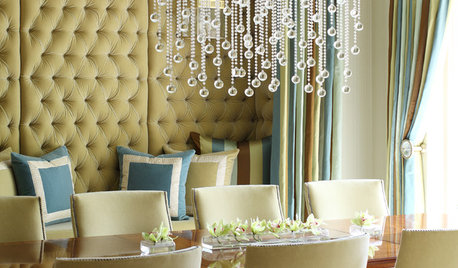
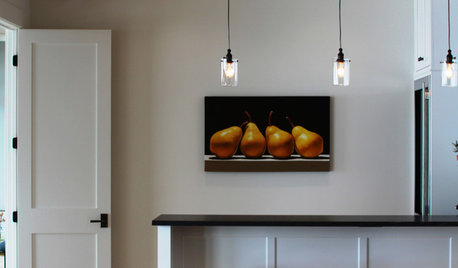
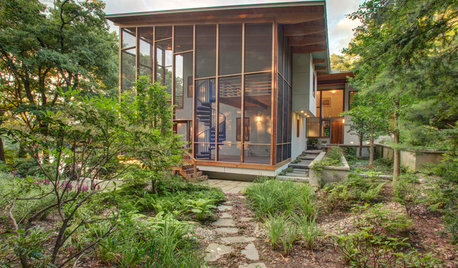
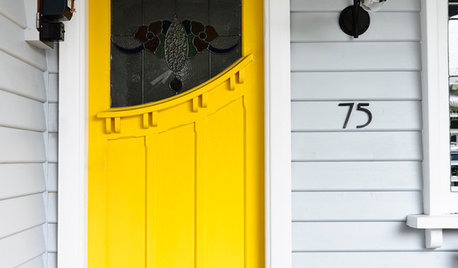







stressbaby
mudhouse_gwOriginal Author
Related Professionals
Derry Landscape Architects & Landscape Designers · Kyle Landscape Architects & Landscape Designers · Norton Shores Landscape Architects & Landscape Designers · Richmond Heights Landscape Architects & Landscape Designers · Brooklyn Center Landscape Architects & Landscape Designers · Camp Verde Landscape Contractors · College Park Landscape Contractors · Doctor Phillips Landscape Contractors · Golden Landscape Contractors · Lynwood Landscape Contractors · Saint George Landscape Contractors · Woodland Landscape Contractors · Hawaiian Gardens Landscape Contractors · Bridgeport Solar Energy Systems · Forest Park Solar Energy Systemsgardenerwantabe
pcan-z9
mudhouse_gwOriginal Author
greenhouser
mudhouse_gwOriginal Author
gardenerwantabe
mudhouse_gwOriginal Author
gardenerwantabe
mudhouse_gwOriginal Author
gardenerwantabe
ole_dawg
gardenerwantabe
CarolynA
mudhouse_gwOriginal Author
mudhouse_gwOriginal Author
ladylotus
mudhouse_gwOriginal Author